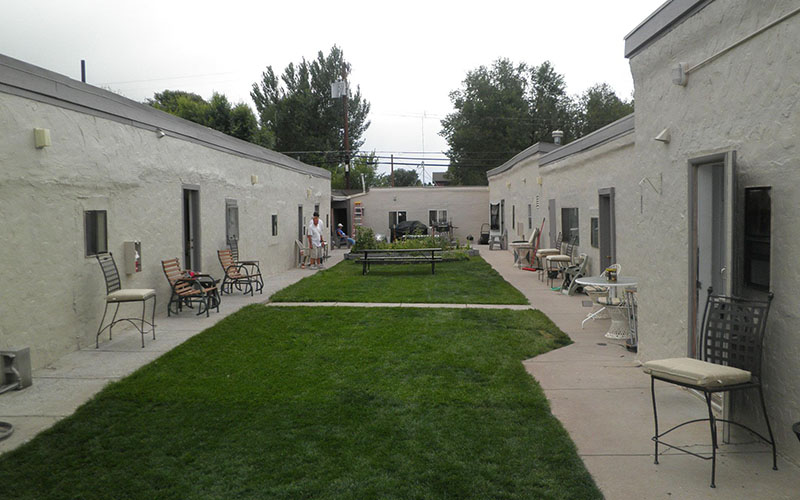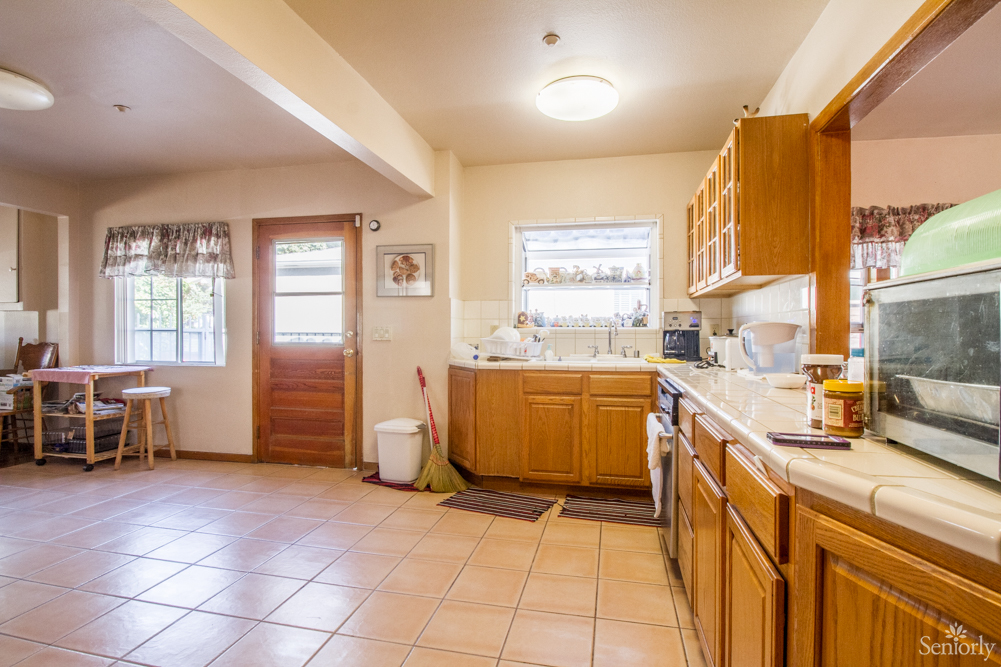

- #SUNSHINE MANOR III GLASSDOOR FULL#
- #SUNSHINE MANOR III GLASSDOOR SOFTWARE#
- #SUNSHINE MANOR III GLASSDOOR PLUS#
- #SUNSHINE MANOR III GLASSDOOR PROFESSIONAL#
#SUNSHINE MANOR III GLASSDOOR FULL#
Itâs tempting to think that doing so would allow the house to avoid drawing from the grid at all, but a close look at household usage patterns, and cloudy weather which often causes the PVA to operate nowhere near full output, quickly shows that our house would still be dependent on the grid, at least some of the time, even with two batteries. Adding a second would cost around $7,500. Our Opal box can take two batteries but presently we have one. How much battery to have is, of course, a good question. To us, it is appealing to wake-up to a full battery and use its power during the day to thereby avoid most, sometimes all, of peak-rate grid usage. On any day these strategies only amount to tens-of-cents or maybe a dollar, so it becomes clear why it takes a long time to see the payback. The dollar benefit from the battery essentially comes from two sources: direct avoidance of grid costs by charging the battery cost-free from the PVA and using that power later when the sun goes down and from tariff-shifting where the battery management system charges the battery from the grid at cheaper off-peak times and uses it later in peak-rate periods. We did, and having done our sums we figured that the battery payback, whilst slow, was a better investment than simply leaving that amount in the bank. To make that choice, a household has to have that money available to spend in that way, and many wonât have. In our case, opting for a battery approximately doubled the dollar spend. The economics of adding a battery remains contentious. Regarding the usefulness of having a battery, itâs probably true that most of the benefit from a solar system comes from the day-time contribution the PVA makes to the house in reducing or eliminating daytime grid consumption, with whatâs left over feeding back to the grid yielding a monetary benefit.
#SUNSHINE MANOR III GLASSDOOR SOFTWARE#
On the matter of reliability, itâs worth adding that the owner has to be vigilant in regularly looking at the software screens that monitor the systemâs performance to even know when itâs off the air, since the house will run anyway, drawing from the grid, if the PVA and/or battery shuts down.


I guess thatâs not bad for a system this complex, but owners should expect to be a bit hands-on in doing re-starts rather than expect the supplier to always show up to do it. Statistically that suggests about three such events a year, or roughly 99% reliability. On one of those occasions it didnât restart properly and I had to poke about inside the Opal box pushing buttons on the battery and inverter (under the telephone instructions of the tech from Sola-X!) to get it going. In these cases the system had to be turned off entirely, then restarted. On reliability, we have had two mysterious system shut-downs for no apparent reason over the months. We are yet to receive a quarterly bill based on these new arrangements but obviously the change is beneficial to us and will accelerate the pay-back period.
#SUNSHINE MANOR III GLASSDOOR PLUS#
Recently (Mar 2019) Energy Aust has introduced a time-of-day variable feed-in tariff which peaks at 29c/kWh for energy we send to the grid at peak times, plus a shoulder feed-in of 10.9c and off-peak 7.1c. The feed-in tariff was 9.9c/kWh when we installed the system. Granted it was a large capital cost to install, we are satisfied we will recoup our net spend in 7-8 years (perhaps less if power prices rise more) which is well within the guarantee period of the components. The system works, our power bills are now around $100 per quarter whereas they would be upwards of $800 without the system â and would likely be rising in the coming years given the current energy policy climate. Now with several monthsâ experience to comment on, we would have to say we are happy customers. The certification process and energy supplier arrangements that followed were slower but, overall, the system went live without drama. The installation was done neatly and took only a couple of days.
#SUNSHINE MANOR III GLASSDOOR PROFESSIONAL#
Our system supplier, KDec, was professional and friendly. We use Energy Australia as our power supplier. As a happy surprise, we also qualified for the new (at the time) Victorian Government PVA rebate which paid-back $2,250 from that purchase price. The all-up cost was around $15K after the governmentâs energy certificate credits. We also installed a Reposit intelligent controller. These feed an Opal Storage box containing a Sola-X 5.6kW inverter, a battery control system and one LGchem 6.5kWh battery. Our system has 6.2kW PVA of roof-mounted Sunpower cells facing 70% north-west, 30% north-east. Now some 9 months on, we are happy to share our experience with interested readers on the Solarquotes site. We purchased a PVA and battery system from a local suppler/installer in 2018. We live in Wodonga, in north-eastern Victoria.


 0 kommentar(er)
0 kommentar(er)
